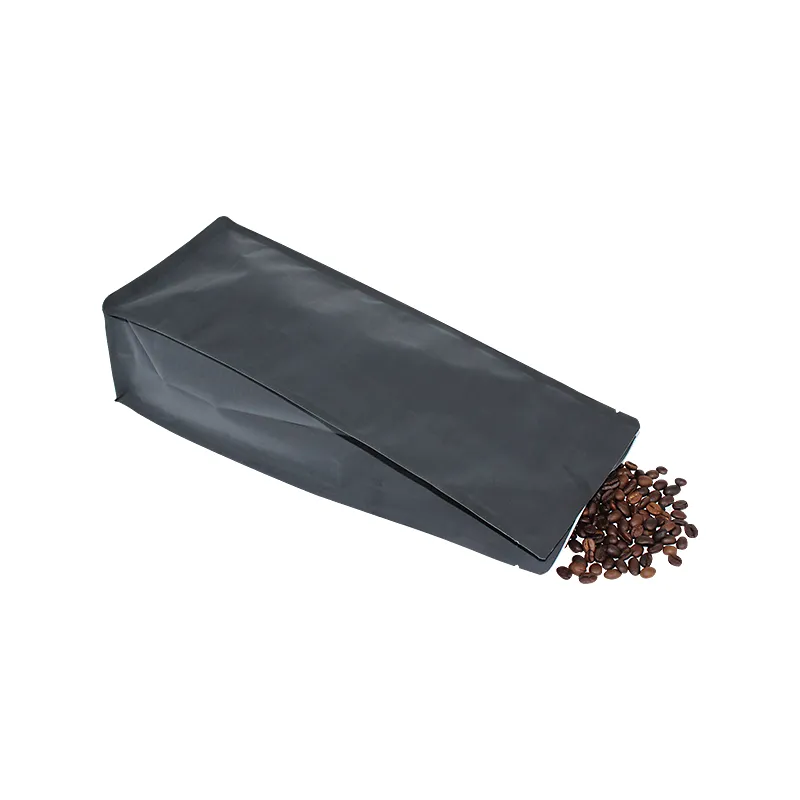- Afrikaans
- Albanian
- Amharic
- Arabic
- Armenian
- Azerbaijani
- Basque
- Belarusian
- Bengali
- Bosnian
- Bulgarian
- Catalan
- Cebuano
- chinese_simplified
- chinese_traditional
- Corsican
- Croatian
- Czech
- Danish
- Dutch
- English
- Esperanto
- Estonian
- Finnish
- French
- Frisian
- Galician
- Georgian
- German
- Greek
- Gujarati
- haitian_creole
- hausa
- hawaiian
- Hebrew
- Hindi
- Miao
- Hungarian
- Icelandic
- igbo
- Indonesian
- irish
- Italian
- Japanese
- Javanese
- Kannada
- kazakh
- Khmer
- Rwandese
- Korean
- Kurdish
- Kyrgyz
- Lao
- Latin
- Latvian
- Lithuanian
- Luxembourgish
- Macedonian
- Malgashi
- Malay
- Malayalam
- Maltese
- Maori
- Marathi
- Mongolian
- Myanmar
- Nepali
- Norwegian
- Norwegian
- Occitan
- Pashto
- Persian
- Polish
- Portuguese
- Punjabi
- Romanian
- Russian
- Samoan
- scottish-gaelic
- Serbian
- Sesotho
- Shona
- Sindhi
- Sinhala
- Slovak
- Slovenian
- Somali
- Spanish
- Sundanese
- Swahili
- Swedish
- Tagalog
- Tajik
- Tamil
- Tatar
- Telugu
- Thai
- Turkish
- Turkmen
- Ukrainian
- Urdu
- Uighur
- Uzbek
- Vietnamese
- Welsh
- Bantu
- Yiddish
- Yoruba
- Zulu
Tips for Creating Custom Shipping Boxes to Enhance Your Brand Experience
Designing Shipping Boxes Key Considerations and Best Practices
In today's fast-paced e-commerce environment, the significance of effective shipping boxes cannot be overstated. Packaging plays a crucial role not only in protecting products during transit but also in branding and customer experience. A well-designed shipping box can enhance the perceived value of a product, communicate a brand’s identity, and set the stage for a memorable unboxing experience. In this article, we will explore essential aspects of designing shipping boxes, from materials to aesthetics, ensuring that your packages stand out while serving their primary function.
Understanding the Purpose of Shipping Boxes
At its core, the primary function of a shipping box is to protect the contents from damage during transit. This involves selecting materials that can withstand various stresses such as impact, compression, and vibration. Cardboard is the most common material used due to its lightweight, durability, and cost-effectiveness. However, the type of cardboard (single-wall, double-wall, or triple-wall) and additional features like cushioning inserts are vital considerations based on the items being shipped.
Beyond protection, shipping boxes serve an essential role in branding. They are often the first physical interaction a customer has with a brand, making it imperative that they reflect the company’s values and aesthetic. A thoughtfully designed box can create a positive impression, encouraging repeat purchases and fostering brand loyalty.
Material Selection
Choosing the right material is crucial when designing shipping boxes. Cardboard is popular due to its versatility, but options such as corrugated fiberboard or eco-friendly alternatives are also available. For businesses looking to implement sustainable practices, materials such as recycled cardboard or biodegradable packaging can resonate well with environmentally-conscious consumers.
Moreover, depending on the shipment's destination and duration, weather and temperature resistance might also be significant factors. For instance, if shipping items that could be affected by moisture, waterproof materials or coatings should be considered.
Dimensions and Box Shape
The dimensions and shape of the shipping box are also critical. A box that closely fits the product will minimize movement during transportation, reducing the risk of damage. Conversely, oversized boxes may require additional padding, leading to increased shipping costs and waste.
design shipping boxes

It's essential to strike a balance between minimizing waste and ensuring sufficient protection. Custom sizing options, while often more expensive than standard sizes, can significantly enhance the shipping process's efficiency and sustainability.
Aesthetics and Branding
Visual appeal is a significant consideration in shipping box design. The exterior of the box is an excellent canvas to showcase branding elements, such as logos, colors, and graphics. High-quality printing techniques, such as flexography or digital printing, allow brands to create eye-catching designs that attract attention.
Adding unique elements, such as embossed logos, custom tape, or even personalized messages, can enhance the unboxing experience. Customers appreciate the extra effort, leading to social media sharing and positive word-of-mouth marketing.
Practical Considerations Assembly and Handling
Designing a shipping box also involves practical considerations related to assembly and handling. The ease of packing and unpacking can affect labor costs and efficiency. Incorporating features like tuck-top closures, self-locking boxes, or tear strips can streamline the packing process and reduce the risk of damage during handling.
It's also worth considering how the boxes will be stacked, stored, and shipped. Designing boxes that are easy to palletize can optimize shipping space and reduce transportation costs.
Conclusion
In conclusion, designing shipping boxes is an intricate process that involves a delicate balance of functionality, aesthetics, and cost-efficiency. By considering material selection, dimensions, branding opportunities, and practical handling aspects, businesses can create shipping boxes that not only protect their products but also enhance their brand identity. In an increasingly competitive market, investing in thoughtful packaging design is not just an option; it’s a necessity for companies looking to stand out and connect with their customers effectively. As e-commerce continues to grow, the potential of well-designed shipping boxes remains an essential component of a successful business strategy.













